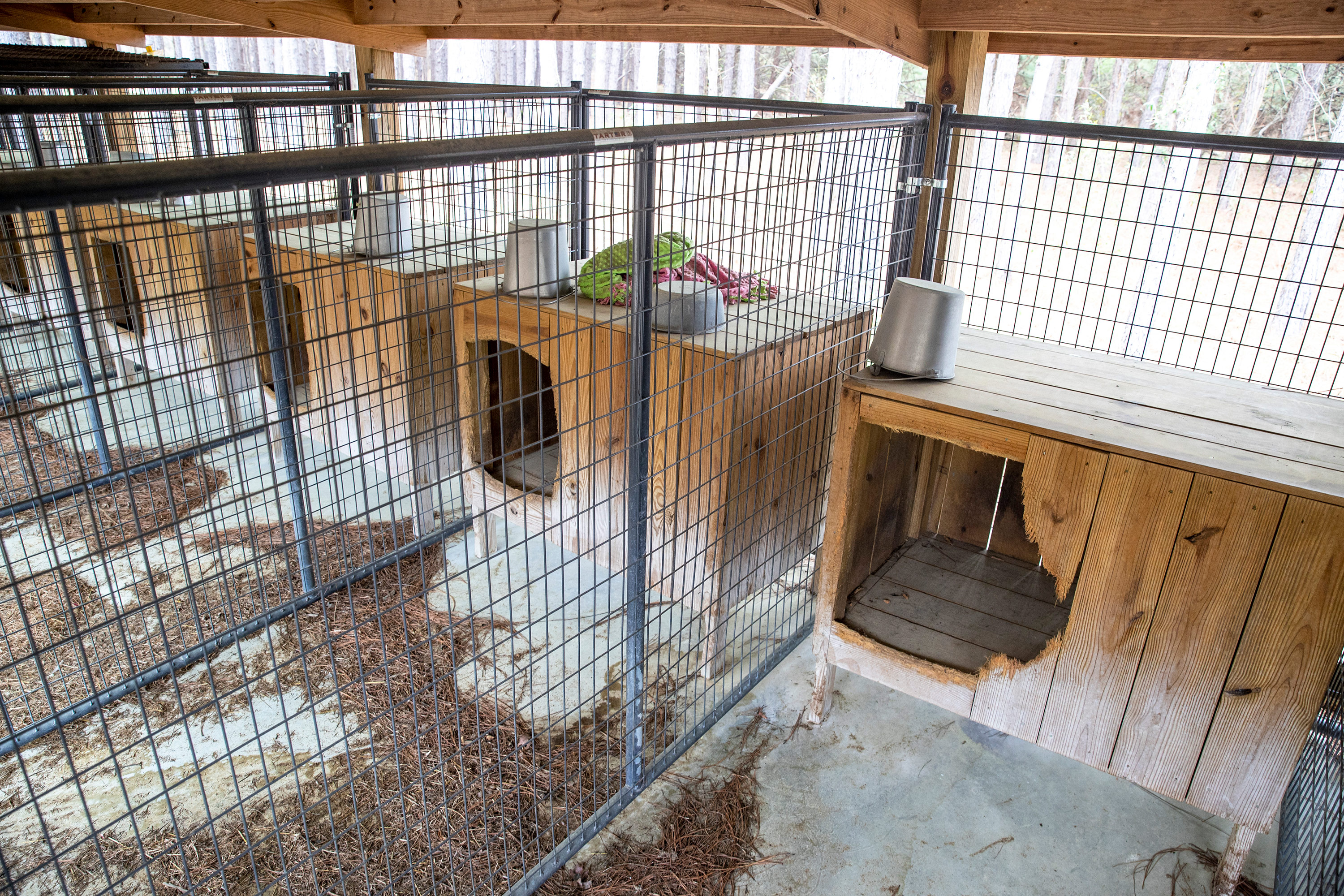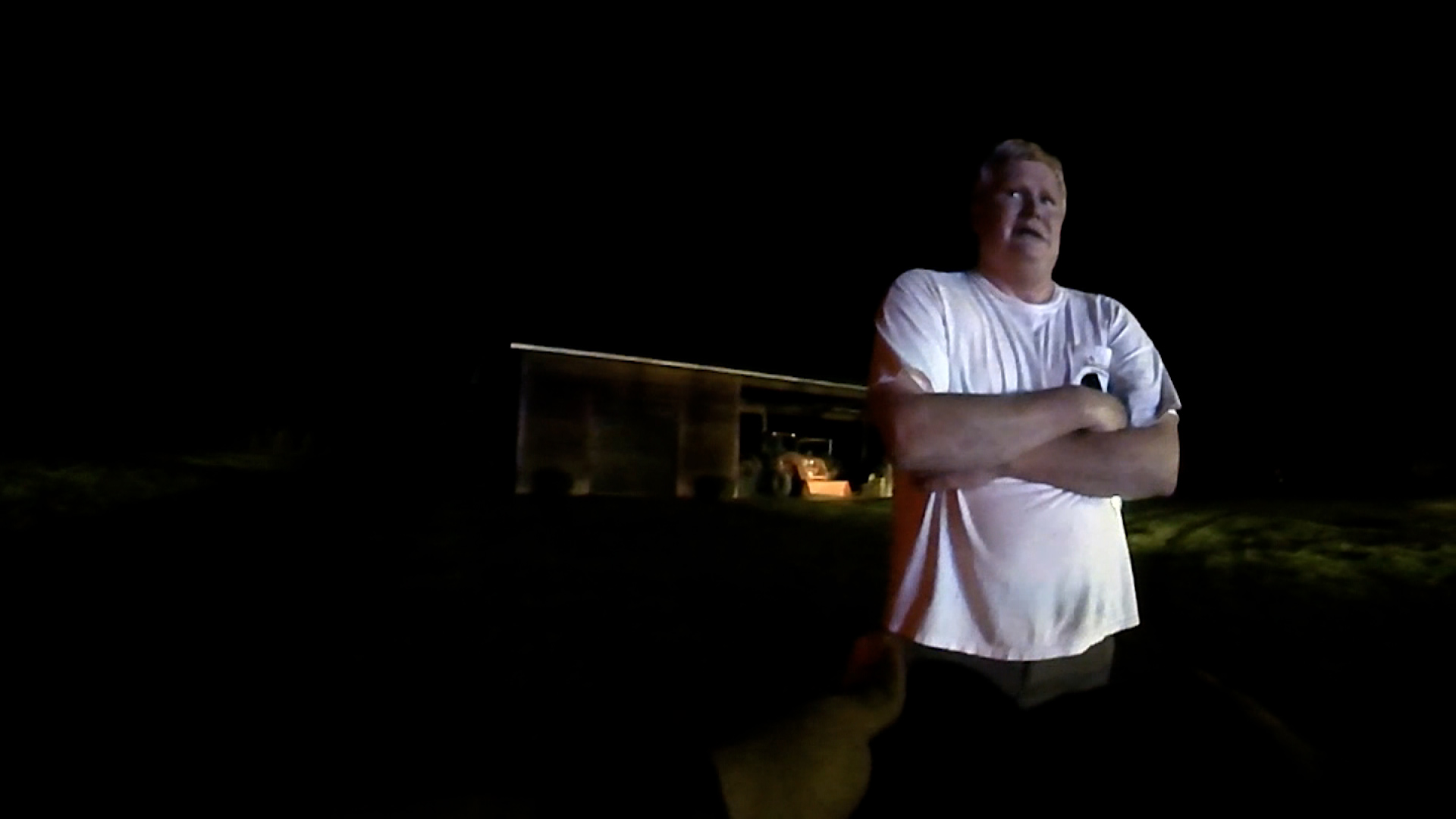After hearing weeks of witness testimony, jurors after – less than three hours of deliberations – convicted Alex Murdaugh of two counts of murder and two weapons charges in the death of his wife and son.
Murdaugh, a once-prominent attorney in South Carolina’s Lowcountry, fatally shot his wife, Margaret “Maggie” Murdaugh, and son Paul Murdaugh on the family’s expansive hunting estate on June 7, 2021.
Here’s what legal experts say were the key points of the case:
Murdaugh’s lie to investigators: In his two-day testimony last week, Murdaugh admitted he lied to investigators when he told them he hadn’t been to his estate’s dog kennels on the evening of the killings until he reported finding the bodies there. That admission came after multiple witnesses for the prosecution identified his voice in a video taken on Paul’s phone at or near the kennels at 8:44 p.m. – shortly before, prosecutors contend, the killings happened.

Prosecutors painted Murdaugh as a dishonest and disgraced attorney who killed his wife and son to draw attention from investigations into financial misconduct allegations against him. In his testimony, Murdaugh repeatedly denied carrying out the killings but admitted to stealing millions of dollars from his former clients and law firm.
Murdaugh said he had a decades-long addiction to opiate painkillers, and that it contributed to “paranoid thinking” that led him to lie to investigators. He testified he took more than 2,000 milligrams a day of oxycodone in the months before Maggie’s and Paul’s deaths.

The kennel video was a crucial piece of evidence: Prosecutors tried to overcome a lack of direct evidence — such as eyewitnesses — linking Murdaugh to the killings. They built their case in large part using video, photos, and cell phone and location data to convince the jury that Murdaugh was lying about his actions that night. Prosecutors hinged their case on the video recorded around the kennels on Paul’s phone.
Murdaugh maintained Maggie and Paul were alive when he left the kennels to return to the house, and that he eventually drove to visit his mother in a nearby town. He found the bodies near the kennels after returning, he said; authorities say he called 911 after 10 p.m. Prosecutors, however, argued he carried out the killings and then tried to create an alibi by leaving the property. They also pointed to videos showing he changed clothes sometime between when he was with Paul that day and when he called 911 – though the defense suggested the change wasn’t unusual for him.

The alibi: The prosecution argued that Alex Murdaugh was “manufacturing an alibi” by calling and texting his wife and son, among others, after they were killed. The prosecutor also noted the kinds of questions Murdaugh asked law enforcement after the murders. He said one of the first things Murdaugh did was point out to police how many phone calls he made that night.